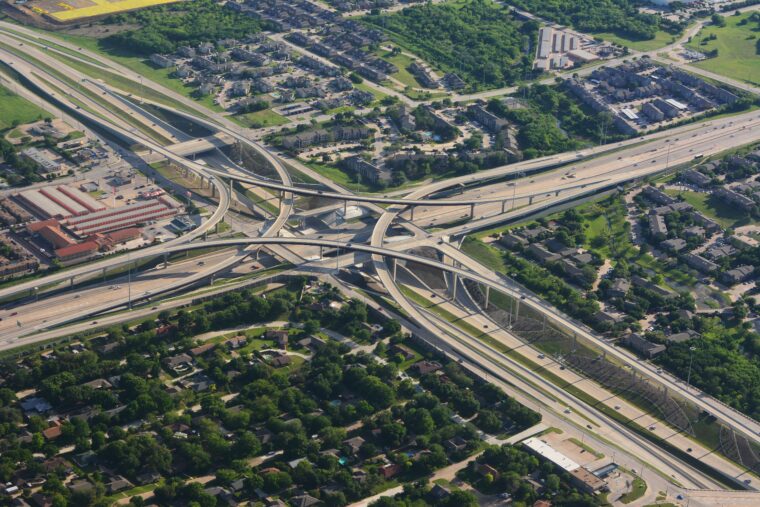
by Mary Scott Nabers Many people complain about toll road fees. The most common comment is, “Why should I have to pay for using a road that was constructed with my tax dollars”? The answer is simple. The fees required to maintain, expand, and construct new roadways throughout the state must come from somewhere and tolled […]

by Mary Scott Nabers Several years ago, government officials began investing in large projects designed to increase tourism, attract conventions and events to their region, and monetize existing public assets. Economic vitality in every part of the country is a high priority, and the competition is extremely keen. Now, federal programs are supporting these types of […]

by Mary Scott Nabers America has a waste problem – not only is it expensive, but it is a daunting issue for all. Public waste management operations in many cities cannot absorb population growth, urban expansion, and the overwhelming increase of industrialization. New systems, locations, equipment, and technology are required. Public officials work overtime to […]

A new multi-billion-dollar funding program was created recently to support energy infrastructure projects and will be overseen by the U.S. Department of Energy (DOE). With $10.5 billion available for public and private sector projects that strengthen America’s energy supply, an announcement was made over the last several days that the first round of funding has […]
U.S. ENERGY INVESTMENT PROMOTION
 President Biden recently introduced a massive infrastructure bill designed to reshape the U.S. economy while addressing infrastructure reform. Biden’s stated goal is to achieve 100 percent carbon-free power by 2035.
President Biden recently introduced a massive infrastructure bill designed to reshape the U.S. economy while addressing infrastructure reform. Biden’s stated goal is to achieve 100 percent carbon-free power by 2035.
The proposal also includes $100 billion in funding to upgrade and strengthen the country’s electric grid system, which has been weakened by worsening climate disasters. The proposed legislation would provide new tax credits to support the construction of high-voltage transmission lines, a major hurdle in the expansion of renewable energy. Additionally, it would include a 10-year extension of wind, solar, and battery tax credits, which are set to expire in several years.
Transit Authorities to Launch Major New Initiatives in Coming Years
 As the Biden administration begins to address climate change, transit authorities throughout the country will benefit from funding.
As the Biden administration begins to address climate change, transit authorities throughout the country will benefit from funding.
Clean air is a major component of sustainability, so increased funding will flow to public transit authorities in an effort to reduce the number of automobiles on roadways. Major initiatives at the local levels of government will provide hundreds of contracting opportunities as public officials attempt to make public transportation more convenient, economical, and attractive.
ESG – A Trend Destined to Impact Government Contracting
 Industry leaders, investors, regulators, rating agencies, and governmental entities are all watching a strong trend that will likely become a competitive factor in government contracting in the future. The significance of the trend’s impact cannot yet be calculated, but it could be substantial.
Industry leaders, investors, regulators, rating agencies, and governmental entities are all watching a strong trend that will likely become a competitive factor in government contracting in the future. The significance of the trend’s impact cannot yet be calculated, but it could be substantial.
Environmental, Social, and Governance (ESG) has been a topic of discussion at the corporate level of many large firms for a number of years. Investment groups also are discussing the various components of ESG, and many are seeking investment opportunities for projects that have high ESG metrics. Although no standardized way exists to measure ESG, companies that can point to initiatives and/or policies related to ESG often tout this in annual reports. Morningstar, Bloomberg, and MSCI use their own metrics to report on ESG ratings.







